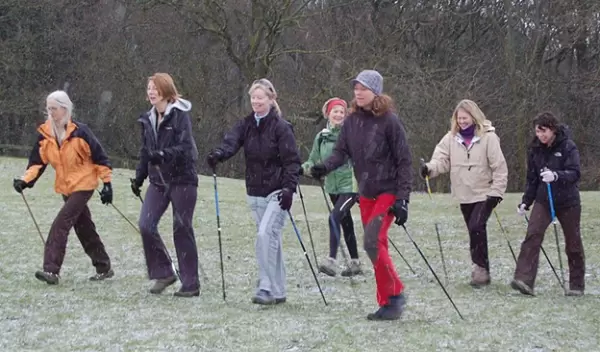
Researchers develop an integrated method to measure stability during walking
Researchers at Georgia Tech funded by the U.S. National Science Foundation have developed an integrated approach to studying the biomechanics of falls and how the legs, joints and muscles act as a system to respond.
Studying how the different components work together provides important information about how the body compensates during a fall. The team published the findings in the Journal of the Royal Society Interface. The research lays the groundwork for using mechanical energetics to understand the roles of joints and muscles during unsteady movements.
The scientists intended to broaden the understanding of how devices like exoskeletons affect human muscle mechanics and walking stability. The team came up with a new, more comprehensive way of measuring stability that helps answer the question of how muscle mechanics, exoskeletons, and stability work together to react to falls.
The team measured energy used when study participants walking on a treadmill faced sudden speed changes. Using an algorithm they designed, the researchers timed the treadmill disturbances to specific points during walking movements and used the data to calculate changes in energy expenditures in affected joints.
The framework could be used to determine which body parts respond to unstable conditions, the scientists say. The results, they believe, could improve exoskeletons, prosthetics and physical therapy.
